Want to get the very best out of your ground-breaking Toyota hybrid? We’ve gathered a number of hybrid driving hints and tips that will help you to get the best from the system, improving fuel consumption and getting you further for less.
Whichever Toyota hybrid you’ve set your heart on, the following tips and pointers should maximise the range and fuel economy of your Toyota.
The basics
It’s not just hybrids that benefit from the first seven tips – these will help to improve any car’s fuel efficiency:
- Clear out the boot! Keeping the boot free of unnecessary weight will give your car and immediate boost in performance and economy.
- Check your tyre pressures – dig out your owner’s manual, and do a weekly check to ensure that your tyres are correctly inflated in line with Toyota’s recommendation. Or read our handy tyre pressures article here.
- Think ahead – by planning your journeys, you can avoid traffic jams and minimise the likelihood of getting lost.
- Shut up! Closing the windows and sun roof at speeds above 45mph will reduce drag, reducing fuel consumption.
- Remove unused roof racks, boxes and bike racks – they’re a real drag too!
- Steady as she goes – maintain a steady speed and don’t go over the speed limit.
- Smoothly does it! Try to avoid sudden braking or acceleration.
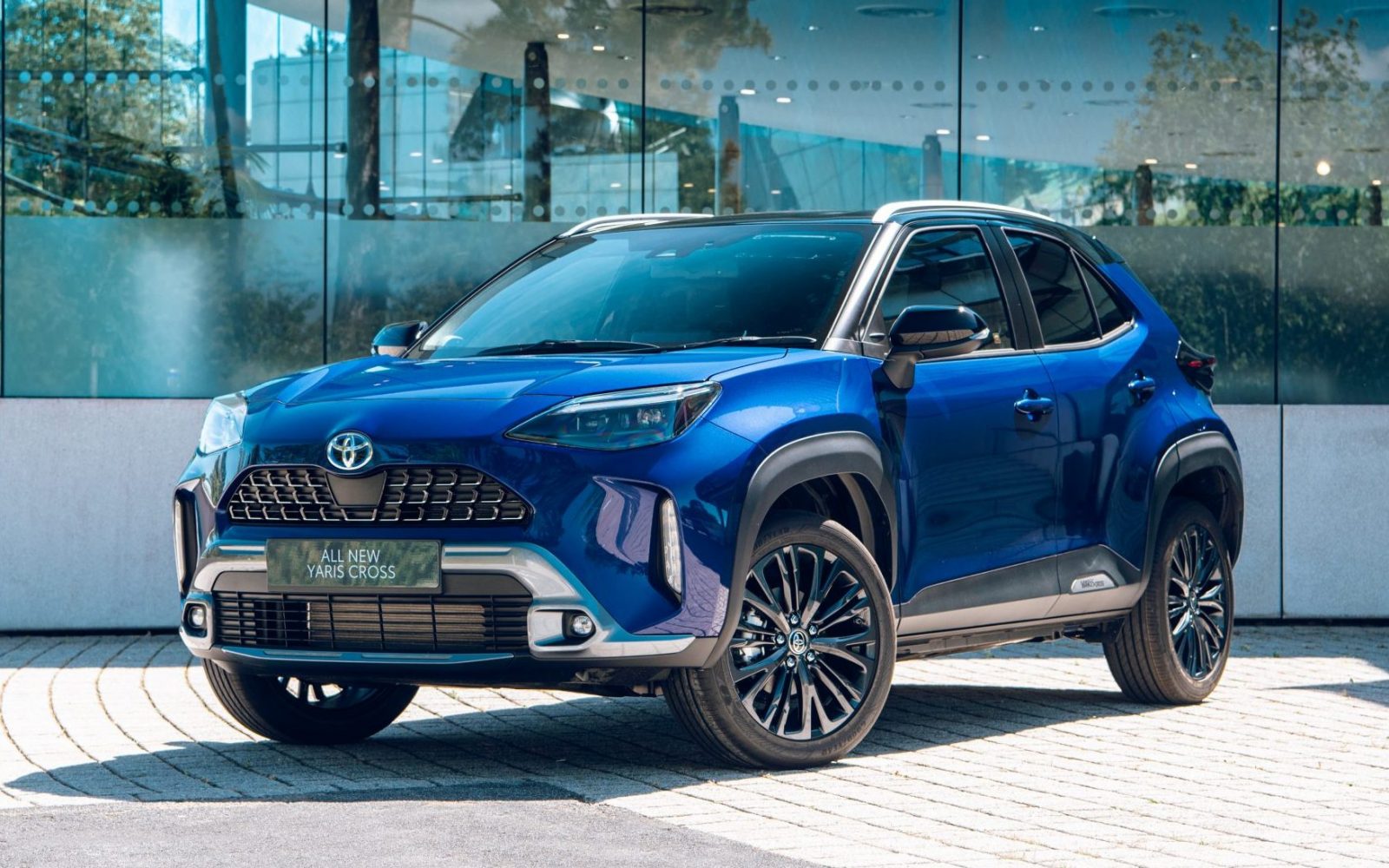
Hybrid driving: hybrid-specific tips
Sorry everyone else, but these tips are for hybrids only:
- Become familiar with the hybrid information display so you can know how much energy is being used.
- EV does it! Keep the car in EV mode as much as possible by using the accelerator gently, pressing it lightly but consistently.
- Improve efficiency with ECO mode, which reduces aggressive throttle response.
- Harvest time – braking gently and early helps the regenerative braking harvest more energy, which means EV mode can operate for longer periods.
- Keep an eye on the dials and gauges to fully understand the hybrid system and manage the charge levels in the hybrid’s high-voltage battery.
- If you’re in stop-start traffic, don’t put the car in neutral (‘N’) when stationary, as electricity will not be generated and the hybrid battery will discharge.
- Consider using cruise control (where fitted) to maintain steady speeds.
- When using climate control, Re-circulate mode reduces energy usage.
- Think about the environment! Constant or heavy use of systems like air-con, lights and wipers will increase energy consumption.
Hybrid driving: drive modes
Toyota hybrids have four drive modes: Normal, EV, Eco and Power. When you first start your hybrid, the car defaults to the ‘Normal’ drive mode, which automatically manages the most efficient use of both the engine and the battery.
Drivers can also select one of the car’s on-demand drive modes to achieve better fuel consumption in certain settings.

These drive modes are: EV Mode where the car is powered by the battery only during city driving, running near-silent and with no tailpipe emissions; Eco Mode that reduces A/C output and lessens throttle response to limit harsh acceleration; and Power Mode which boosts acceleration by using the hybrid battery to assist the petrol engine.
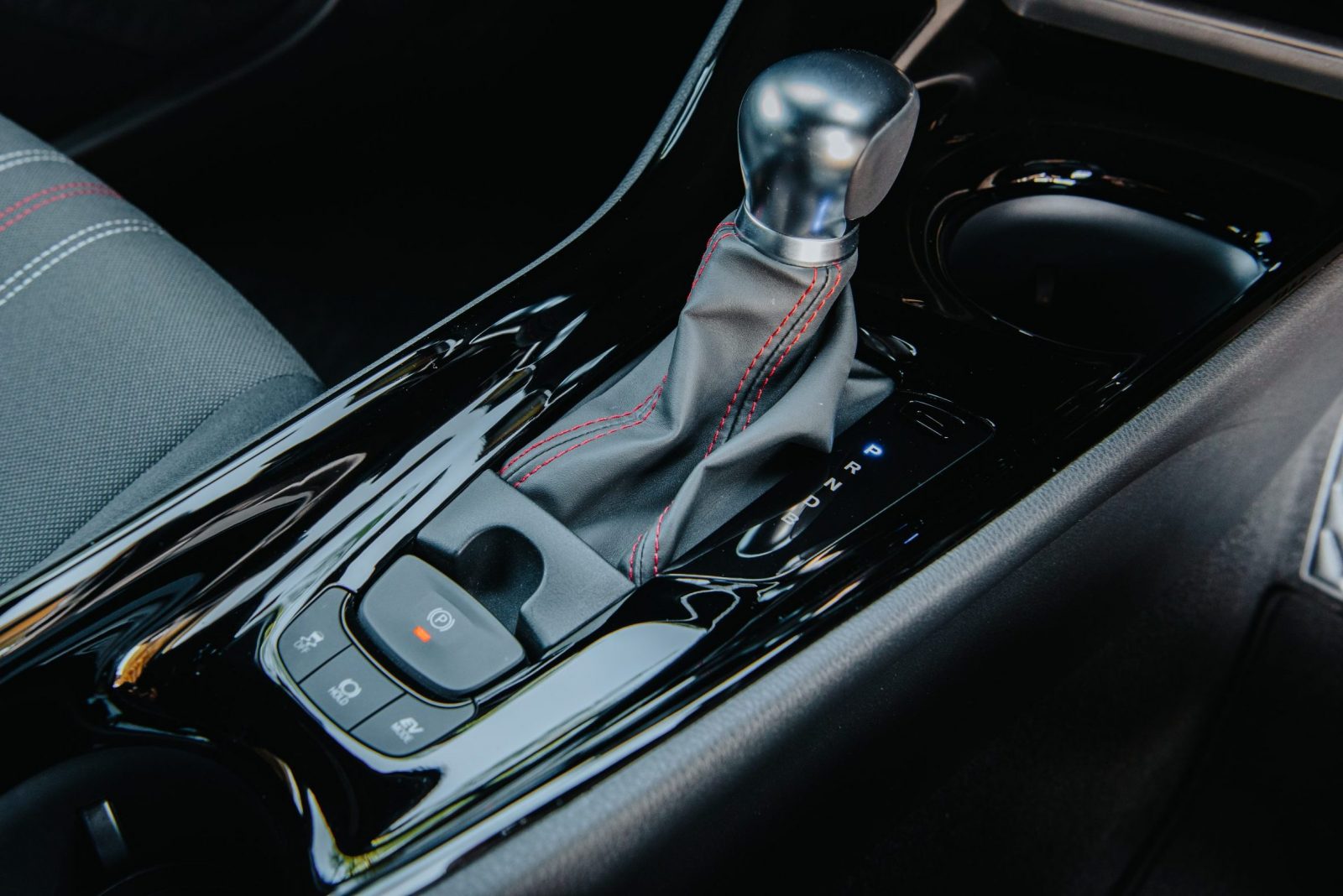
The shift lever offers four positions: R (Reverse), N (neutral), B (engine braking) and D (drive). For normal driving, D (drive) is absolutely fine, but should you need it, position B has the effect of engine-braking handy when descending a steep hill, for example. It’s not recommended to leave the car in position B for normal driving, mainly because you’d end up using more fuel than necessary!
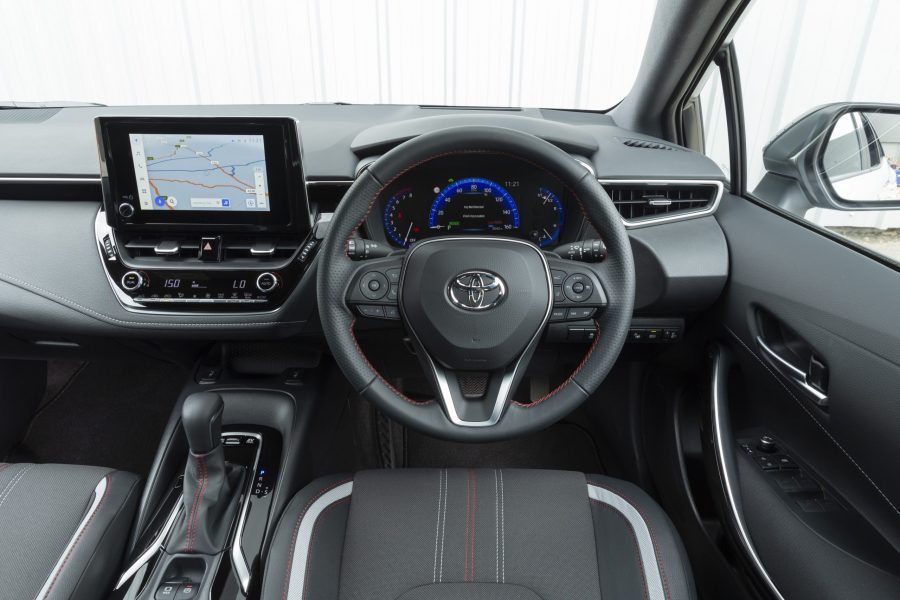
Hybrid driving: read the road ahead
Another great hybrid driving tip is to use the car’s battery whenever possible.
Another great hybrid driving tip is to use the car’s battery whenever possible. You can do this in town and urban driving by accelerating to your required speed, easing off the accelerator and then gently easing the accelerator on again. By doing this, you can activate EV mode – indicated by the dashboard light – which means that the engine has switched off and you are using the electric battery.
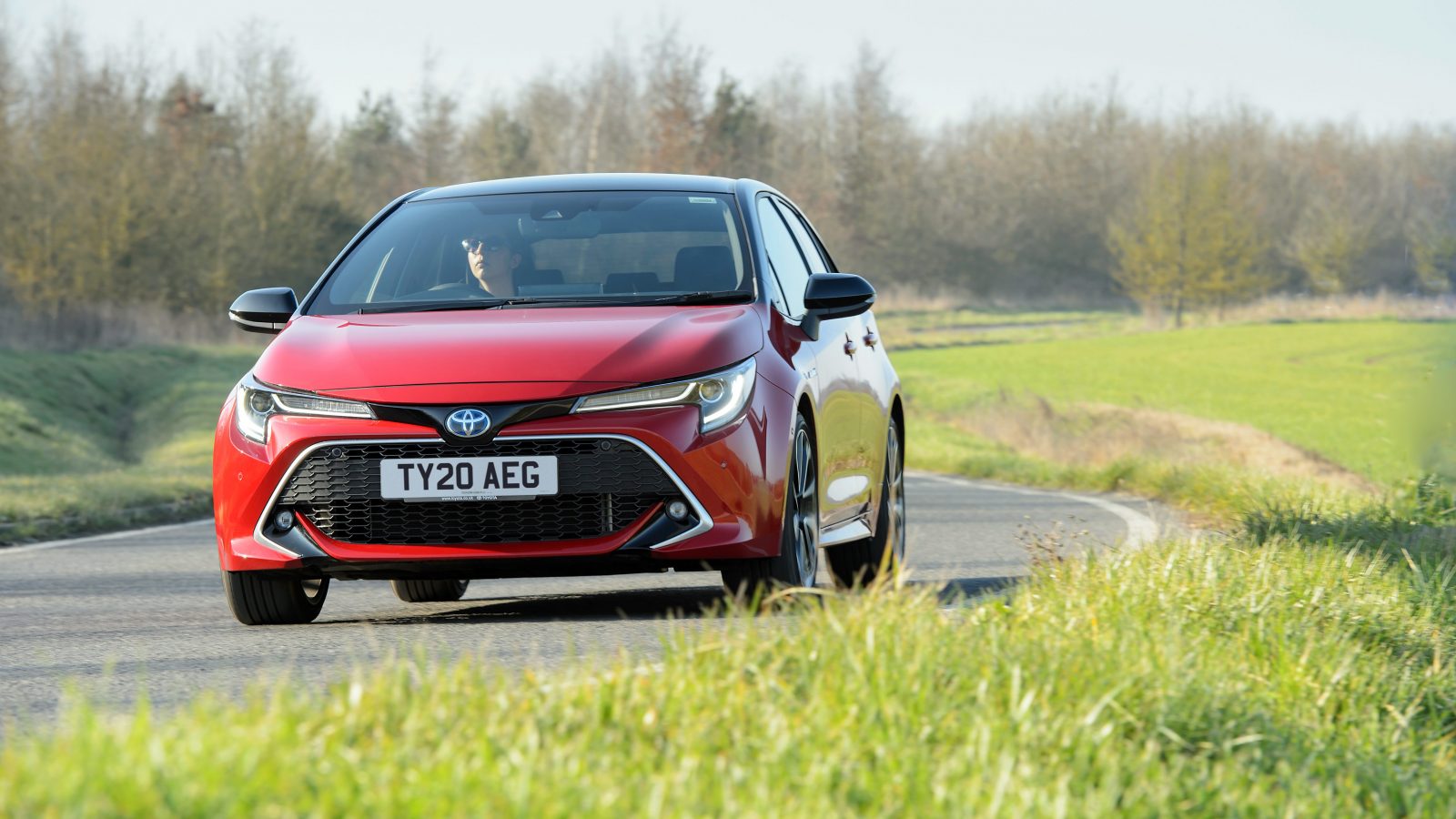
Try to maintain a constant speed and, as always, it’s important to read the road ahead. By doing this, you can reduce the amount of unnecessary braking and accelerating, using less fuel. Braking slowly and gently also maximises the amount of energy recovered by the regenerative braking system on the car.
Other factors to consider
Bear in mind that there are many factors that can affect a car’s performance, hybrid included. On cold days, your car will use more fuel as it warms up, but once it’s reached its optimum temperature, the MPG figures will increase.
Also, during the winter, you’re more likely to be using the air-conditioning, lights and wipers, all of which will use some electrical power from the battery. If you regularly travel the same route, don’t be surprised if you get better MPG figures during the summer than in the winter!
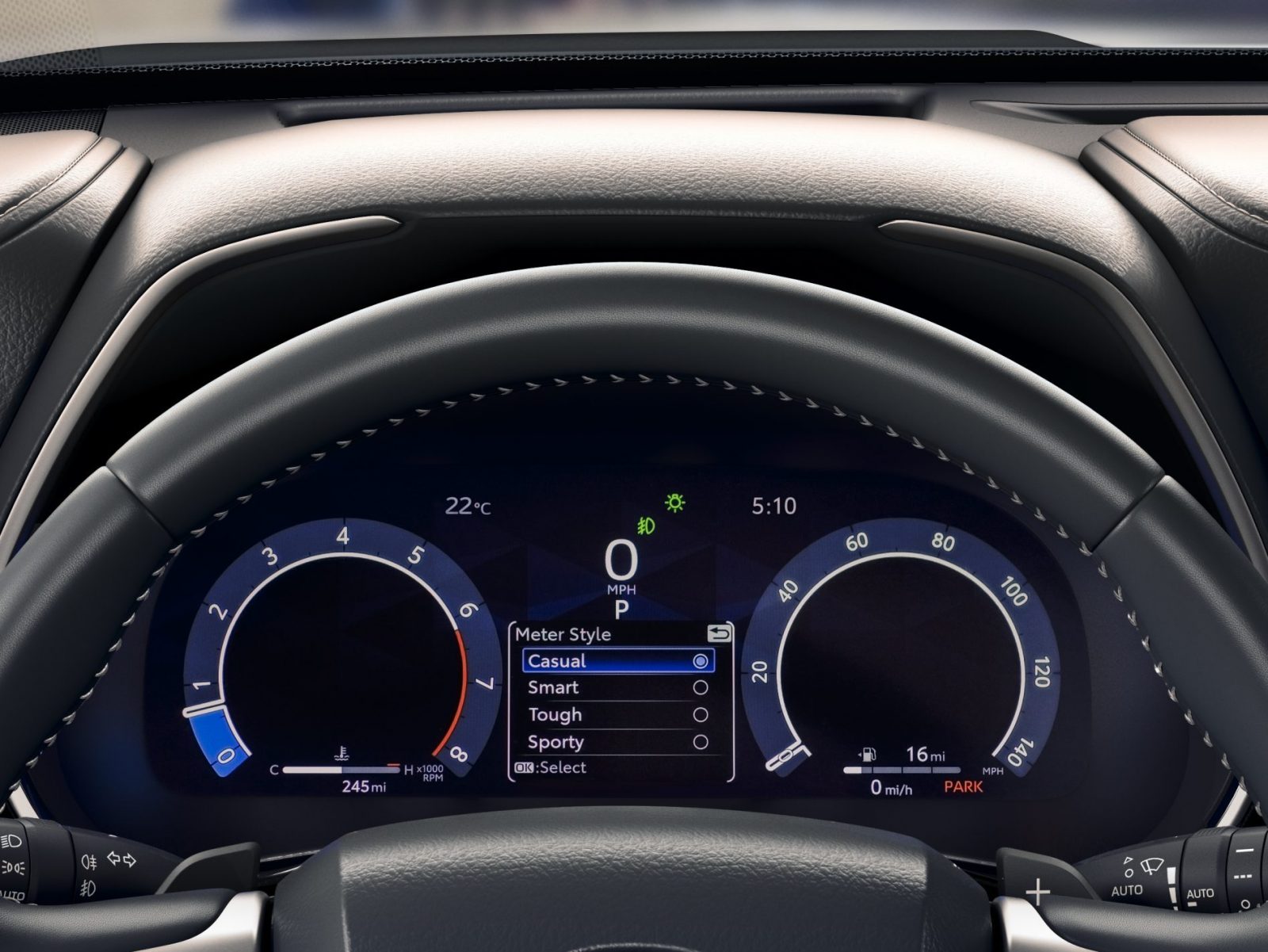
If you’d like more hybrid driving tips or want to discuss your driving technique with other hybrid owners, it’s worth visiting the Hypermiler website.
As a final note, please remember that these hybrid driving tips are published as general guidance on how to get the best fuel economy from your Toyota hybrid. Toyota encourages and supports safe driving at all times – please adhere to the rules of the road.
Read more: Toyota hybrid – how does it work?
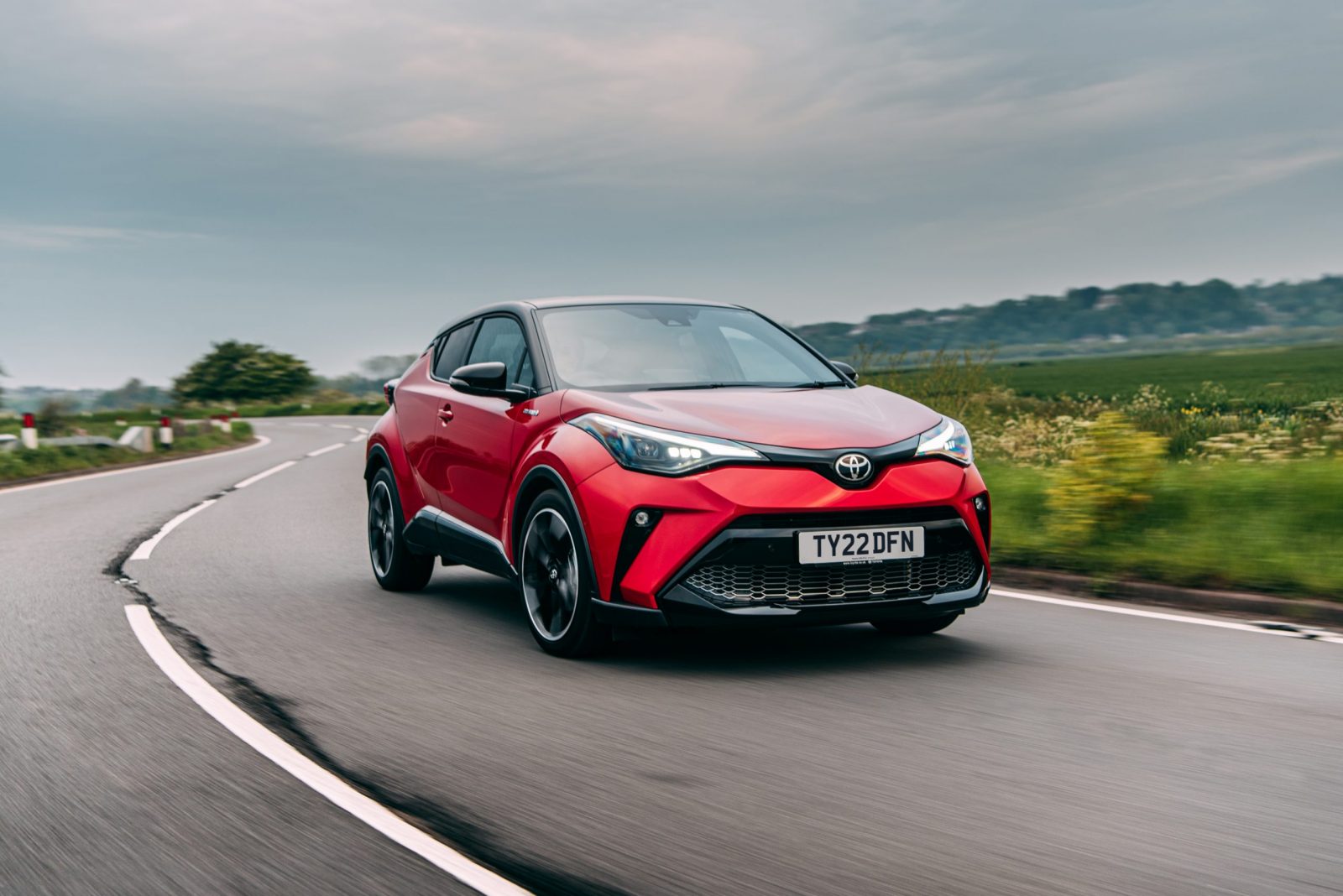
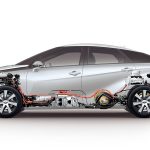

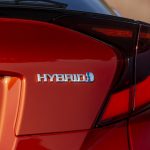




at what speed toyota hybrid cars switch on and off from and to fuel ?
Hi there,
In the hybrid battery there are substantial units to store sufficient voltage to power the car in up to speeds of around 30mph with no assistance from the petrol engine. Hope this helps.
Please let me know type of fuel in car. And milage . Now a day my car aqua is 15 km/l
Hi there,
Thank you for getting in touch. Please could you provide your Reg or VIN number? Many thanks.
I’ve managed 37mph in all electric mode
I am able to get my car to run in electric mode at 37mph. I do this by setting the speed using the petrol engine, lifting mt foot off of the accelerator then depressing the accelerator about an inch. This means that the electric motor maintains the momentum of the car. Above that speed, the car will move to pure petrol or the two work together.
Hi there
Has anyone been on the motorway and managed to get the electric motor powering the vehicle on cruise control?
I am going to be driving a C-hr and figure using the cruise control will enable maximum use of the electric motor via the cars management system.
Hi James,
Thanks for getting in touch and sorry for the delay. Due to the design of the Hybrid Transaxle, it is impossible for the vehicle to operate in EV mode above a certain speed.
If the vehicle is being driven at Motorway speeds (e.g. 60-70 mph), then the engine will have to run, i.e. it is not possible to have the vehicle operating in EV mode at that speed.
Hope this helps answer your question.
Hi James
My understanding is that once over 30 my Auris and similar Toyota Hybids comes off the electric hybrid and the car runs on fuel
But please do not expect miracles because we have all been conned. My super dooper Auris Excel top of the range model is supposed to give 75 mpg
In reality my car will give about 35 mpg if I am lucky.
Studying car manuals today is like reading a political party’s manifesto. Sounds great and well intentioned but in reality pure fiction.
Try not to be too upset!
regards. John
Hi John
I have just got the CH-R and have already got 59mpg in the first week with relatively normal driving. Once the engine is bedded in, I hope it becomes even more frugal.
Good luck with your Auris
Jimmy
Hello, i’m having a Toyota Prius and the petrol construction is 31 MPG I find this to much. Can you help me what do I need to do
Hi Gal,
Thanks for getting in touch. There are many factors that can influence fuel consumption. The first and most important factor is the driving conditions. If the vehicle is being used mainly for short journeys, the engine will not have enough time to fully warm up and will operate most of the time in “warm up” condition. This will have a huge impact on fuel consumption.
Also other things like the driving style, use of A/C and other electrical equipment (e.g. heated seats , heated rear window etc), may also have an impact on fuel consumption.
Finally, the tyre inflation pressure will also affect fuel consumption.
If the you are still concerned, take the vehicle to a Toyota Centre where a technician can check the vehicle for presence of any Diagnostic Trouble codes.
Hope this helps.
Hi Toyota
Thank you for the response. I have managed to get the CH-R to switch into EV mode between 50 and 60 mph as long as the road is level or in a decline. When the road inclines, ev mode needs the engine to assist it.
This seems to happen at most speeds under 60mph, even at 30mph, and incline switches off ev mode, which I think is totally reasonable from a physics perspective.
I have already obtained 59mpg within the first week of business use in a combination of motorway and urban driving. I think this validates the hybrid concept and Toyotas strategy completely. Compared to my previous vehicle (Citroen C4) this is about 20% better fuel economy already.
Hi James,
This is great to hear. We’ll pass your comments on to our product team. We wish you many more happy miles behind the wheel. Thanks.
Hybrid vehicles are way cheaper to maintain and operate. However, if you haven’t been taking care of your battery that well, then you must have about $4,000 to 7,000 prepared and stowed away somewhere. Replacing an electric or hybrid vehicle’s battery is just not cheap. And not to mention, if your hybrid car’s battery is in need of replacing, prepare some more extra cash because this will also entail some tweaks and repairs on its computer system.
There are many companies that will refurbish your battery and replace the dead cells and rebalence the rest for around £400 in the UK. Or a total replacement for £600. Not thousands. Plus these very rarely go wrong. Just make sure the cooling fan is clean and the vents next to the seat aren’t blocked.
In my research pre to purchasing 2nd hand re Prius cars, I never saw even one for sale advert that stated “new Hybrid battery fitted”. Now surely, if you selling (any) car you always list items like “new tyres”, new exhaust”, new discs all round” etc, but never once seen “new Hybrid battery fitted”. What does that tell you…..people are not fitting new Hyb battery cause they rarely go wrong. They not like 12v battery that fails perhaps after 4 years.
Why do owners blame Toyota for the mpg figures printed in their brochures. As has been said more then a few times on here, the figures used are the result of tests determined by the EU and EVERY car manufacturer has to put their vehicles through the same well defined tests, thus ALL manufacturers figures are unlikely to be able to be matched by us “normal” drivers. Thats because we cannot duplicate the “laboratory” tests which cars HAVE to be put through.
If an individual says they are getting 70+mpg from their Auris/Auris then well done to them. They must have not only mastered how to get the best from the system but other driving conditions must have also been just right.
thanks for sharing such a nice information
Thanks for nice information, Maybe it will help people. – toyota car price in bangladesh
Got a new Auris hybrid. Fuel economy is consistently > 30 % worse than official figures. Previous car was about 10 %. Both driven as suggested in this guide.
Mileage indicator is misleading and you will be disappointed at the pump. Remaining range is useless and cannot be trusted.
Dated security package, no adaptive cruise control, no active lane keeping, not even parking sensors (only a grainy backup camera).
The car is full of strange clicking and buzzing noises. Infotainment system is borderline dangerous.
Toyota’s real genius was to design a drivetrain than excels in the standard EU test. This decade old hybrid synergy drive is like a VW defeat device only Toyota didn’t hide it but kept it in plain sight.
Is a con to consumers and government. I should be taxed much more driving this car, compared to friends driving modern petrol cars getting same or better economy, but are in a higher tax bracket.
Consistently get 50+ mpg out of our auris. Yes its not the indicated 59 average it thinks its getting. And way off the 74mpg you can supposedly get. But we just drive it like a normal car. And try finding another fully automatic petrol car that will crack 50mpg around town and last well into the hundreds of thousands of miles with little maintenance required. We just had our first set of brakes changed at 100,000 miles!
HI Steven,
Thanks for your kind words.
We are delighted to hear that your Auris has been a reliable companion.
50, 000 miles to go and you can have one of our mile high stickers!
Thanks.
Hi Andreas,
Thanks for getting in touch. We’re sorry to hear this. If you wish to discuss this further, we’d advise contacting our Customer Relations team.
Thanks.
Its such a great and good article. Its very useful for users. Check all details, information, functions, pictures and videos online here.
What should be the best practice for long stops in traffic (red lighs, jams, etc)? As N is no good for the battery usage, P would probably do the same as N, and the engine pulls against the handbrake in D, the only option would be D and foot brake – which is a bit inconvenient at night for the other drivers.
Hi Gabriel,
Thanks for getting in touch.
N is not recommended because if the vehicle is in N, the HV Battery is not being charged. However, if the vehicle is in P, the HV Battery can be charged.
Therefore, the recommendation would be to use D (as a first choice), but if the vehicle is stationary in traffic for a long period of time, then we would recommend using P, as it will ensure that the HV Battery will continue to be charged, as required.
Hope this helps.